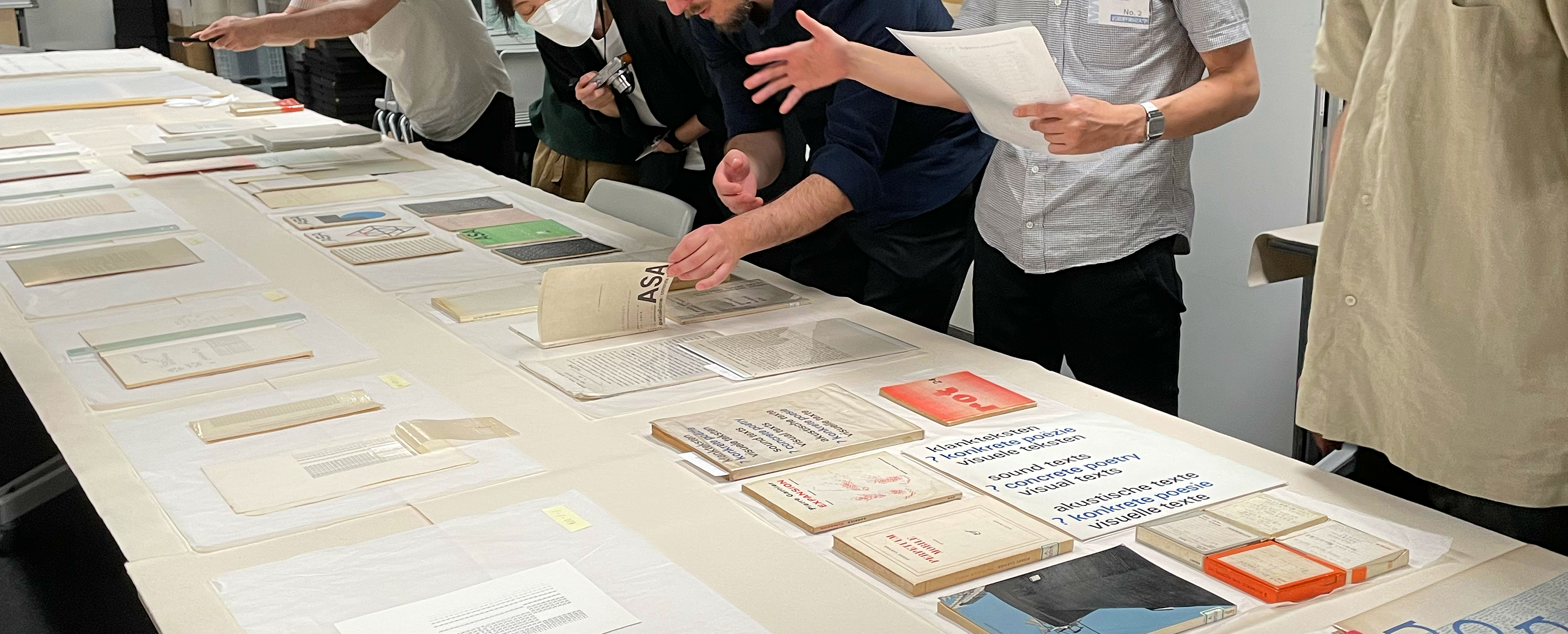5th international conference on design history and theory in Asia. I was able to present two research papers on the topics of minimalism and posthumanism in design.
Minimalism as Potential for Speculative Design to envision unlimited futures
Minimalism is an aesthetic principle that is evident across cultures. Minimalism’s meaning and purpose are cross-culturally diverse and conceptually very heterogeneous. Minimalism in the visual arts in the East and West represent different aesthetic positions and intermingle and cross-fertilize with each other (Zen, Ukyo-e, Impressionism, Functionalism, Modern, Avant-garde, Postmodern art). Currently, one speaks of at least two other meanings beyond:
I. minimalism in visual art
II. minimalism in design
III. minimalism as a lifestyle.
The intention of this paper is to think of minimalism in its different meanings and intentions as theoretic and practical speculation in view of an ideal future. For this, Speculative Design lends itself both as a model of thought and as a design practice to catalyze minimalist aesthetics for a better future.
The complexity of the interconnected world requires strategies of restraint and renunciation as well as innovative concepts for future societies. A critical examination of minimalist tendencies, derived from history and current trends, and design as speculation beyond market logic will uncover an outlook but also visions that forecast design for ideal futures.
complete paper, here
Prof. Dr. Christof Breidenich, Prof. Dr. Johannes Waßmer, Prof. Dr. Keisuke Takayasu, Dr. Eduardo Araújo de Ávila
Virulence of Posthumanism in Art and Design
(together with Johannes Waßmer)
One of the currently most prominent challenges in the digital transformation is the design of virtual environments in a wide variety of contexts and innovation scenarios. This raises questions not only about new possible realities but also about how a society deals with the need to technically supplement the physical prerequisites of humans (cf. Arnold Gehlen). Even if the ‘deficient ontology’ (Erich Hörl) of man cannot be overcome, a contemporary design discourse must address the extensions of man’s environments and body (cf. Marshall McLuhan).
Under what conditions and common agreements may humans design themselves and their environments beyond natural conditions? This design-theoretical question unites in itself technical, media-theoretical and ethical aspects. Probably the most extreme virtual reproduction utopia is offered by the discourses on transhumanism on the one hand and posthumanism on the other. Transhuman positions seek to confirm the Enlightenment understanding that the human race is permanently progressing – in the sense of a naturally given regulative – towards the perfect human (cf. Condorcet), in the sense of Gehlen, through technical improvements of the human body and aim at immortality; (technological) posthumanists take an ethical position at first hand and tie the path to perfection to the abolition of the human as a biological entity, but understand perfection as a perfect simulation (cf. Oliver Krüger) or already conceive of man as a cyborg of machine and organism (cf. Donna Haraway).
The historical view of the concept of design opens up an ever-expanding space of meaning (cf. Klaus Krippendorff). In addition, new questions are currently being raised about the expansion of the concept of design beyond the anthropocentric view (user, target groups) to a posthuman dimension.
How can the posthumanist demands for life after the self, the human species, death, and theory (cf. Rosa Braidotti) be translated into posthumanist design? What consequences can this have for praxis and what spaces of possibility do they open up?
complete paper, here


